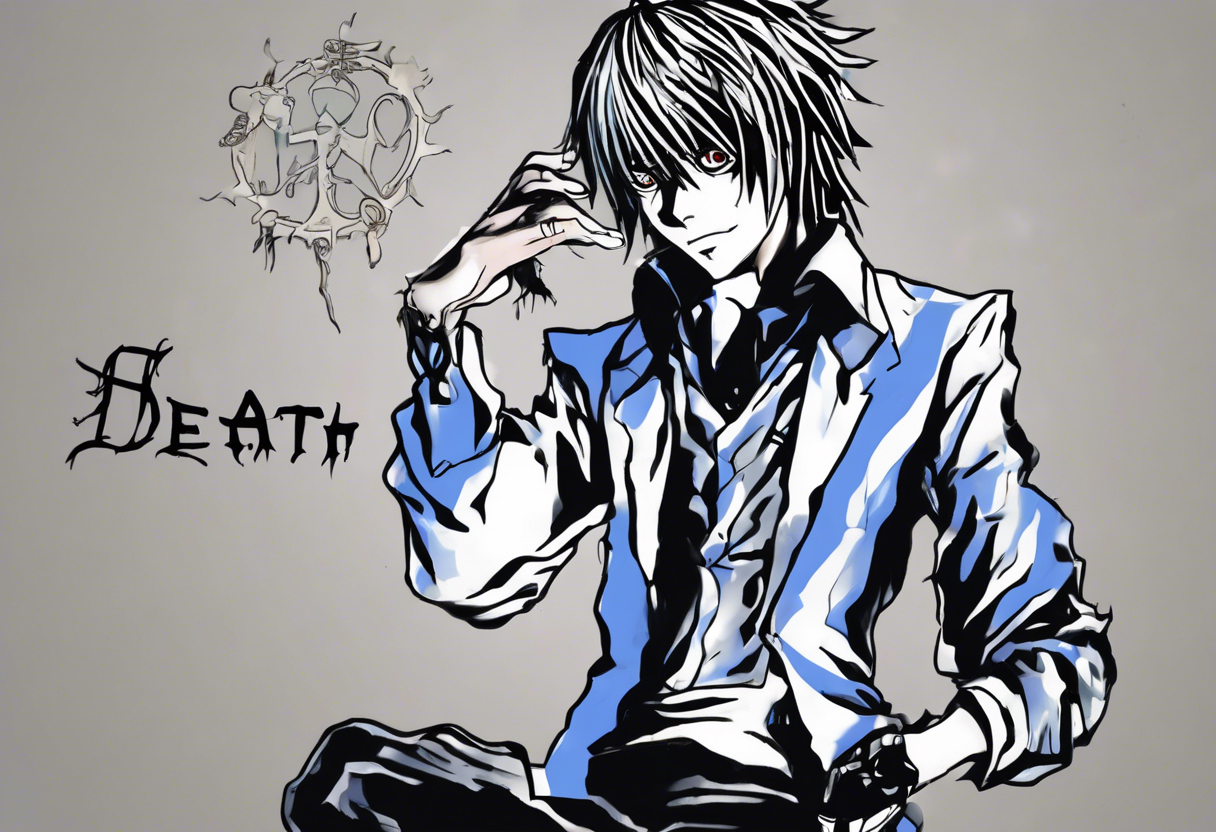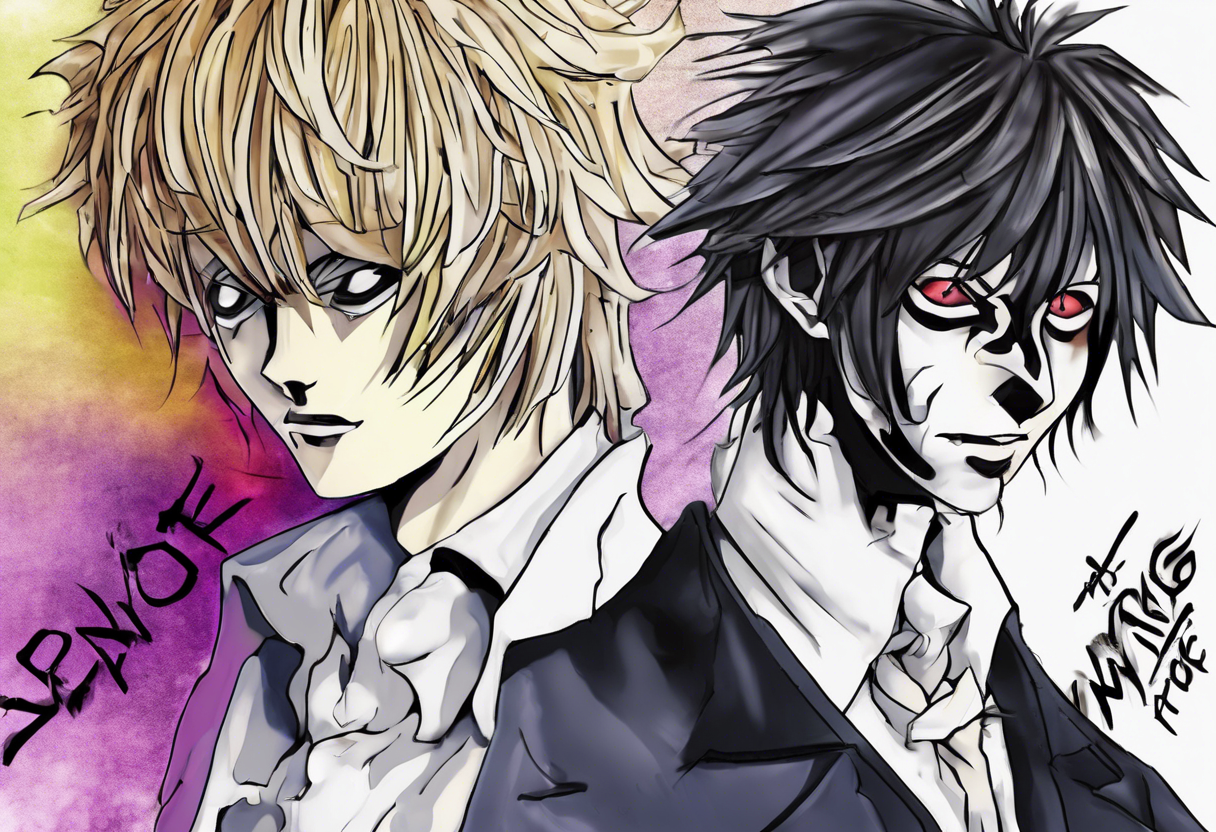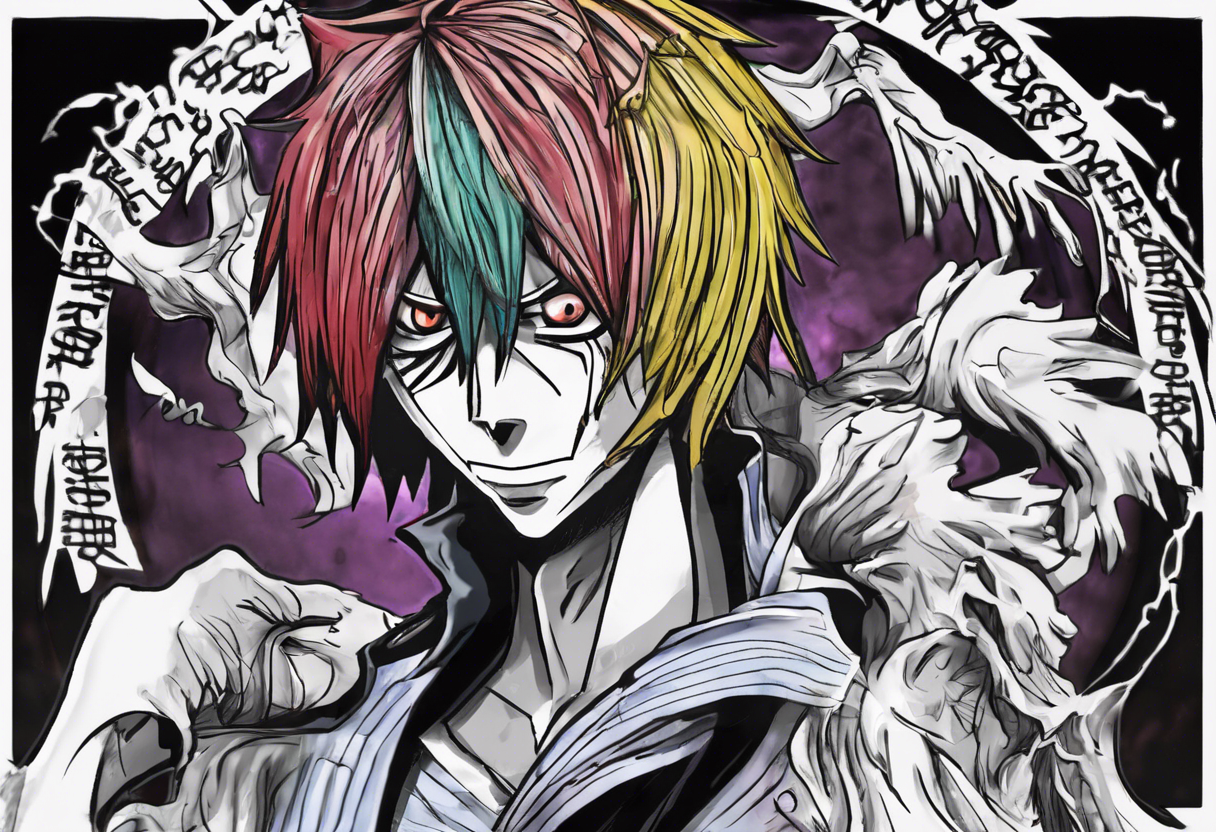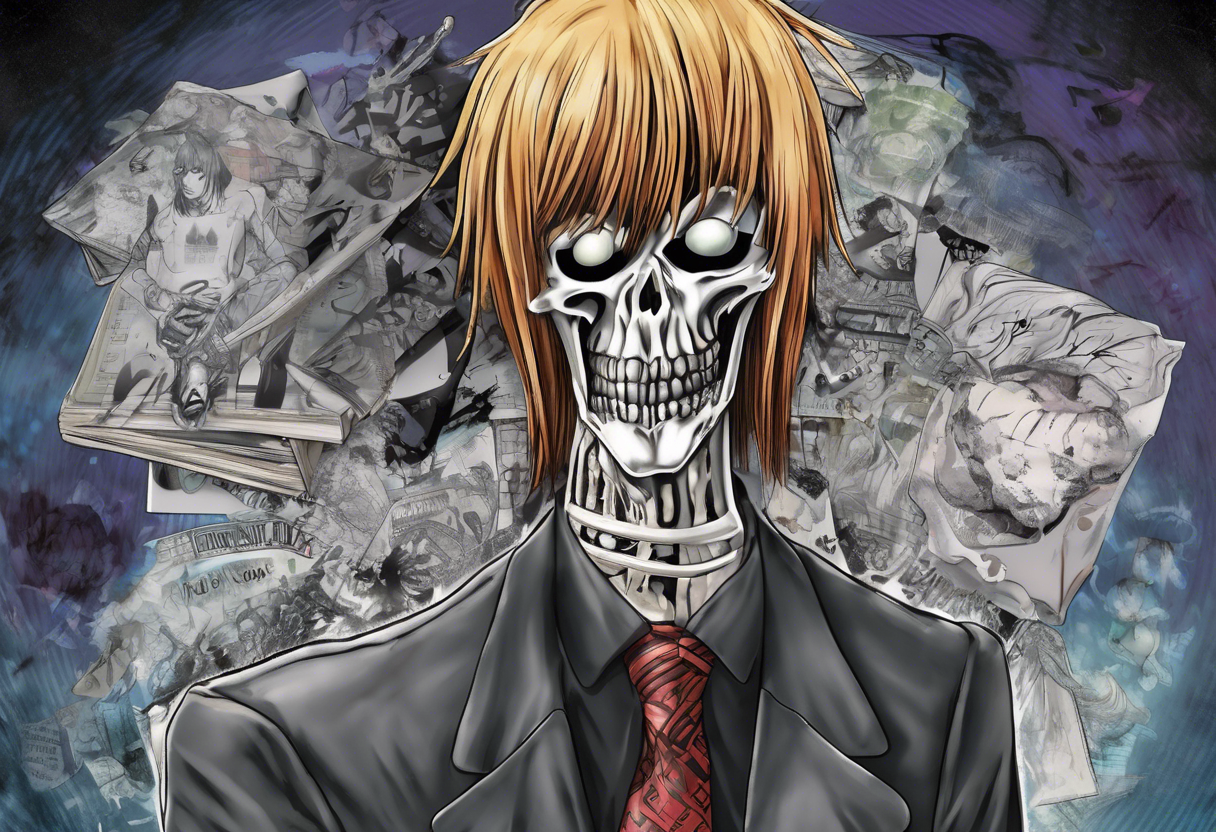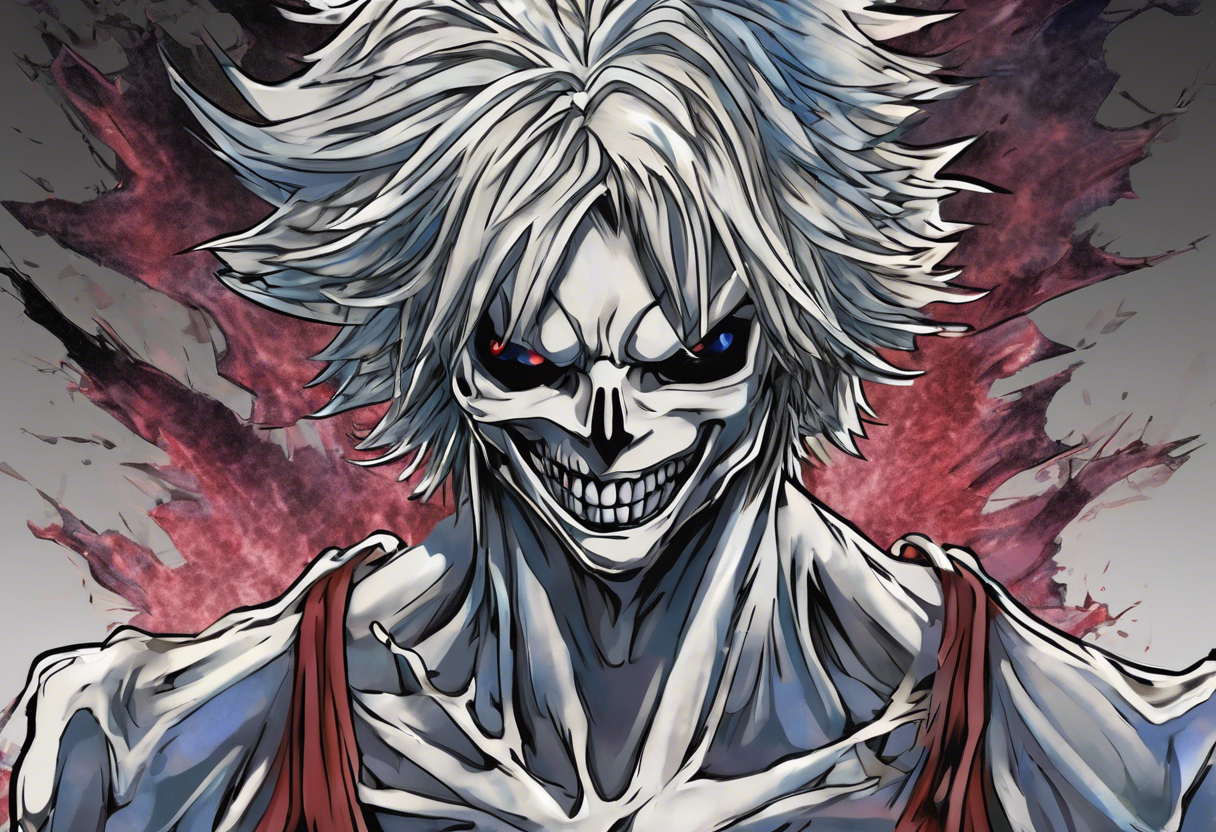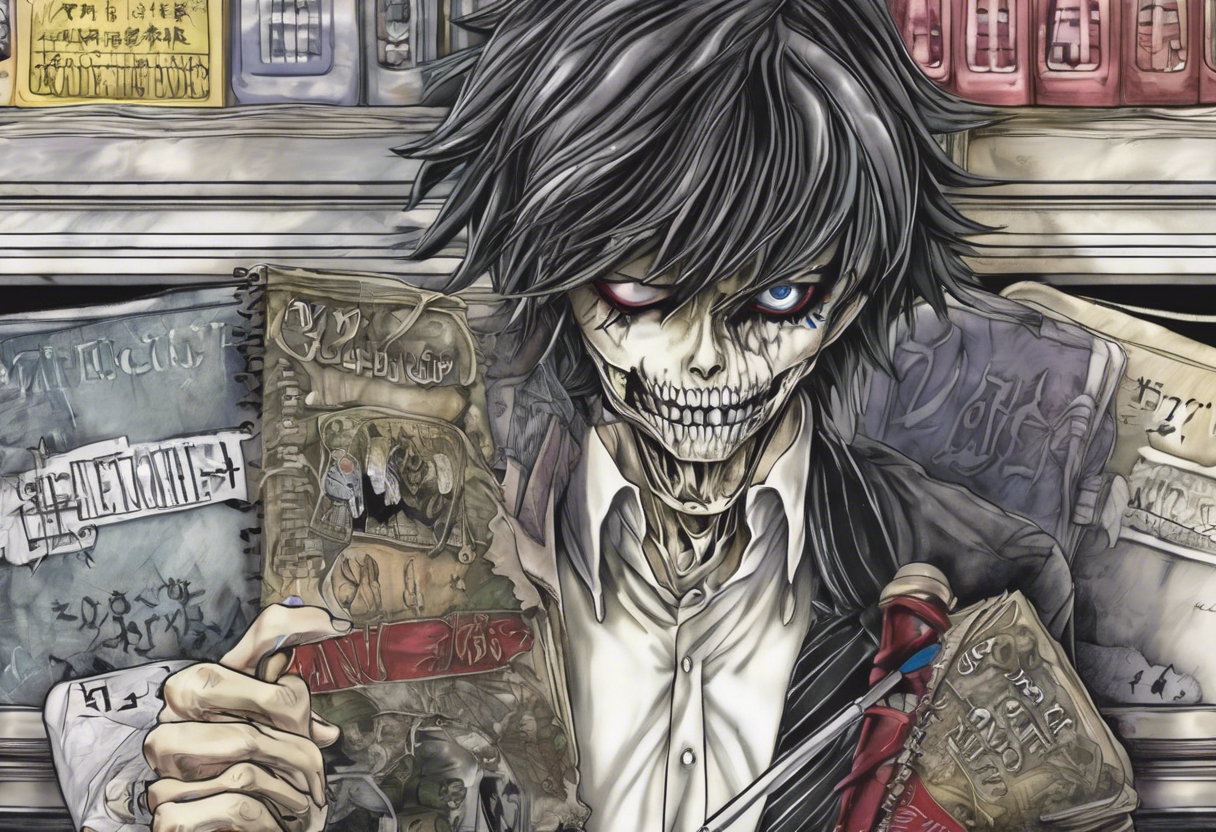Contents
Death Note: Wager – A Critical Analysis
Introduction
"Wager" is the 16th episode of the acclaimed anime series Death Note, which is based on the manga of the same name written by Tsugumi Ohba and illustrated by Takeshi Obata. The episode, directed by Tetsurō Araki and produced by Madhouse, aired on January 23, 2007, as part of the 37-episode anime adaptation that was broadcast on Nippon Television from October 2006 to June 2007.
The Death Note series itself is a seminal work in the anime genre, known for its intricate plot, complex characters, and philosophical themes. "Wager" stands out as a pivotal episode that intensifies the cat-and-mouse game between the protagonist Light Yagami, also known as Kira, and the genius detective L. The episode was written by Toshiki Inoue, who adapted the original manga material into the screenplay, maintaining the suspenseful and strategic nature that defines the series.
What sets "Wager" apart is its meticulous plotting and the high stakes involved in the interactions between Light, L, and Misa Amane, the second Kira. This episode marks a significant turning point in the series, as it introduces new rules about the Death Note and escalates the tension between the main characters.
Plot Summary
In "Wager," the narrative revolves around the escalating conflict between Light Yagami and L. Convinced that the two Kiras (Light and Misa) have met, L becomes increasingly wary of his own safety and declares that if he dies within the next few days, it will prove that Light is indeed Kira [3][5].
The episode begins with Light and Misa discussing their strategy to eliminate L. Misa, who is deeply in love with Light, wants her Shinigami, Rem, to kill L, while Light prefers a more cautious approach. Meanwhile, L and his team analyze packages sent by the Second Kira (Misa), which contain DNA traces and hair samples. L uses this evidence to set a trap for Misa, capturing her and confirming that she is the Second Kira.
L pays a visit to Light’s college, pretending it is a friendly visit, but his true intention is to gather evidence. He manages to steal one of Misa’s phones, which confirms her connection to Light. This series of events puts Light in a precarious position, as L informs his father, Soichiro Yagami, that Light is now their primary suspect [5].
A crucial plot point in the episode involves the revelation of new rules about the Death Note. Rem explains to Light that if Misa forfeits ownership of the Death Note, all her memories related to it will disappear, including her knowledge of Light’s identity as Kira and her ability to see the Shinigami. This information adds a new layer of complexity to the story, highlighting the sacrifices that characters must make to protect their secrets [1].
Themes and Symbolism
"Wager" delves into several central themes that are characteristic of the Death Note series. One of the primary themes is the morality of justice and the consequences of playing god. Light’s actions as Kira are driven by his belief in creating a utopian society without crime, but this ideology is constantly challenged by L’s pursuit of justice and the moral ambiguities that arise from using the Death Note.
The episode also explores the theme of sacrifice and loyalty. Misa’s willingness to give up her memories and her connection to the Shinigami to protect Light underscores the depth of her love and loyalty. This theme is further complicated by Rem’s actions, who is torn between her duty to Misa and her inability to let Misa suffer further [1].
Symbolism plays a significant role in "Wager," particularly through the character of Rem. As a Shinigami, Rem represents the supernatural and the rules that govern the use of the Death Note. Her actions and decisions symbolize the moral dilemmas that arise when one is bound by rules that are both absolute and cruel.
Cultural Impact
The "Wager" episode, as part of the Death Note series, has had a significant cultural impact. The series itself has been praised for its intelligent storytelling, complex characters, and philosophical themes, which have resonated with audiences worldwide. The episode’s release was highly anticipated and closely followed by fans, who were eager to see the next move in the battle between Light and L.
Death Note has influenced popular culture in various ways. It has been referenced in other anime and manga series, and its themes and characters have become part of the broader cultural discourse on morality and justice. The series has also been adapted into live-action films, television dramas, and video games, further expanding its reach and impact [2].
Critical Reception
"Wager" received positive reviews from critics and audiences alike. The episode was praised for its suspenseful plot, clever strategies, and the intense confrontation between Light and L. The IGN review highlighted the episode’s momentum and the clever scene where L gets the upper hand, noting that it was a welcome return to form for the series [5].
However, some critics noted that the character of Misa Amane, often referred to as "Jar Jar" in reviews due to her perceived annoying nature, was a weak point in the episode. Despite this, the overall reception of "Wager" was positive, with many praising the episode’s ability to keep the audience engaged and guessing.
Legacy
The "Wager" episode, along with the entire Death Note series, has left a lasting legacy in the world of anime and beyond. It continues to inspire filmmakers, writers, and artists with its complex characters, intricate plotting, and deep thematic exploration.
Death Note has been credited with influencing a generation of anime and manga creators, and its impact can be seen in many subsequent series that have followed in its footsteps. The series’ exploration of morality, justice, and the human condition continues to resonate with audiences, making it a timeless classic in the anime genre.
The enduring relevance of "Wager" and Death Note as a whole is evident in its continued popularity and the various adaptations and spin-offs that have been produced over the years. As a cultural touchstone, Death Note remains a significant work that continues to captivate new audiences and inspire new creations.

